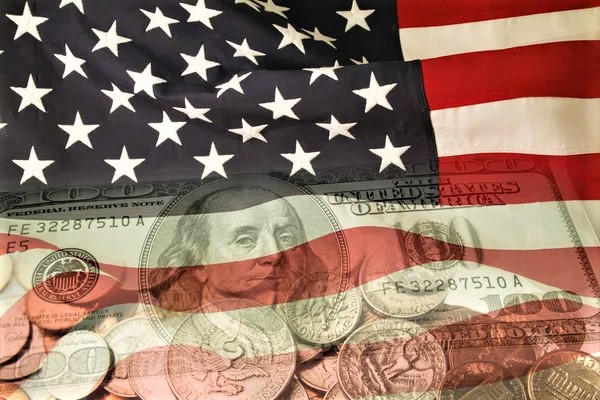Oct 4, 2022
VOT Research Desk
Key Insights and Analysis
While sterling maintained its recent gains following the U.K. government’s policy change, risk sentiment pushed the U.S. dollar lower in early European trading on Tuesday.
The Dollar Index, which compares the dollar to a basket of six other currencies, fell 0.5 percent to 111.145 at 03:05 ET (07:05 GMT), hitting a two-week low.
Traders are starting to wonder if the U.S. and global economies’ slowdown will force the Federal Reserve to lower its rate-hiking trajectory.
This has led to a sharp rise in government bonds over the past week, which has resulted in benchmark Treasury yields falling across the yield curve. This trend has continued on Tuesday.
The 2-year yield, which is more sensitive to expectations of Fed action, was down 7 basis points to 4.03 percent, while the 10-year Treasury yield is currently at 3.60 percent, down another 5 basis points from Monday’s close.
Despite this, Goldman Sachs still expects the dollar to rise.
In a note, analysts at the investment bank stated, “While valuations have become stretched, they are also consistent with the macro environment, and so we still see more dollar strength ahead.”We continue to believe that a range of 5%-7% of further dollar upside along a more hawkish Fed policy path is reasonable.
In response to the British government’s decision to reverse the proposed elimination of the highest rate of income tax, GBP/USD rose 0.5 percent to $1.1375.
In addition, Kwasi Kwarteng, the new finance minister, stated that he would be bringing forward his fiscal statement in an effort to calm markets. This is due to the fact that he is likely to announce spending cuts in an effort to limit the government’s borrowing.
The head of the UK Debt Management Office said on Monday that the bond market in Britain is going through “a major repricing,” but it should be able to handle the additional 62 billion pounds ($69 billion) in debt that was announced.
Ahead of the release of the most recent producer prices for the Eurozone as a whole for August, EUR/USD rose 0.4% to 0.9864 in other places. These are expected to remain very high, putting more pressure on the European Central Bank to raise interest rates again significantly later this month.
After data showed that inflation in Tokyo reached an eight-year high in September, USD/JPY rose 0.1% to 144.65, remaining close to the psychologically significant level of 145.
Even though the Reserve Bank of Australia raised interest rates by a lower-than-expected 25 basis points, AUD/USD gained 0.4% to 0.6541. The bank stated that it intends to maintain a balance between reducing inflation and ensuring that sharp increases in interest rates do not slow economic growth. Before the Reserve Bank of New Zealand’s policy-setting meeting on Wednesday, which is expected to result in interest rates rising by half a percentage point for the fifth time in a row, NZD/USD rose 0.5 percent to 0.5749.









